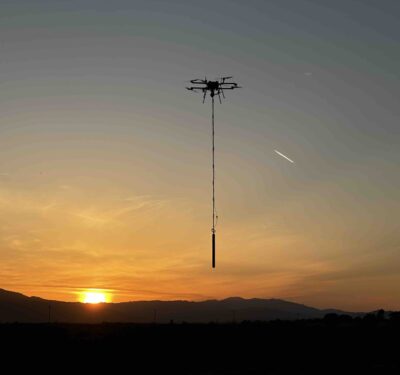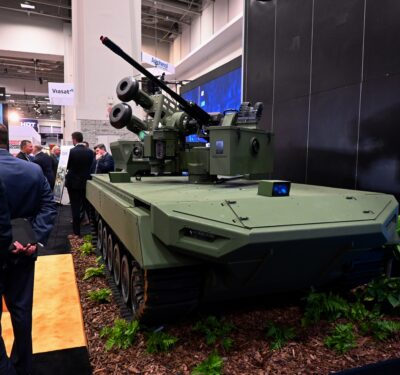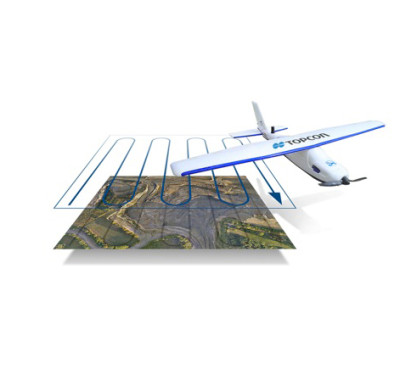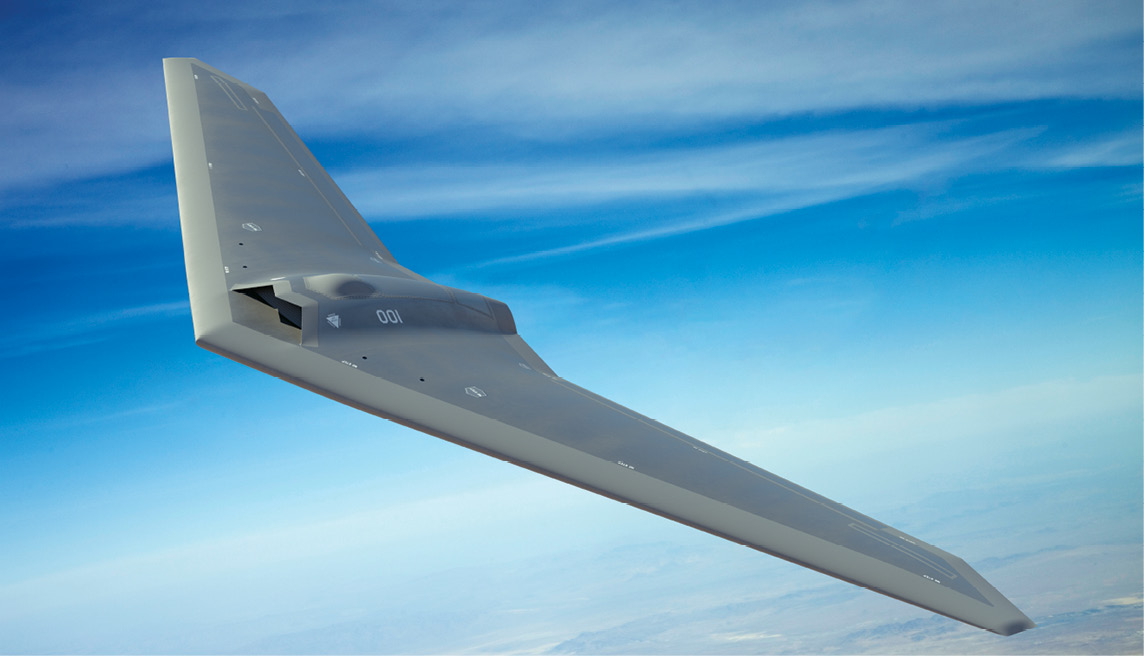
The lean organizing precepts developed by founder Clarence “Kelly” Johnson proved definitional. Skunk Works would be honored for the Mach 2 F-104 Starfighter and the Mach 3 A-12 Oxcart (which evolved into the SR-71 Blackbird), among other accomplishments. Besides such famous manned planes, Skunk Works, formally known as the Advanced Development Programs (ADP), has for nearly six decades pioneered unmanned systems. The D-21 ramjet recon drone of the ‘60s was planned to launch piggyback from the variant of the A-12! More recently, there’s been the hand-launched Desert Hawk III and special forces Stalker, as well as the high altitude long endurance RQ-170 Sentinel. Going forward, there’s the survivable, persistent “next generation UAS,” and a multi-weapon, air-launched UAV being developed as part of DARPA’s LongShot competition. Other, clandestine, projects will extend the use of stealth, open architecture, manned/unmanned teaming and persistent ISR.
With 19 years at Skunk Works, Jacob Johnson is its current director for intelligence, surveillance and reconnaissance (ISR) and unmanned air system (UAS) programs. Based out of Fort Worth, Texas, he also directs Lockheed’s JADO (Joint All-Domain Operations) Program, which is synchronizing data sources for a full picture of the modern battlespace.
Edited for space and clarity, the conversation highlighted the thinking, processes, culture and economics that protect the warfighter and keep Skunk Works positioned on the edge.
KELLY’S 14 RULES
Much of what we’ve done over the years has been a secret. But we’re not very secretive about how we do it. Those 14 rules are really still absolutely integral. And a lot of that really dates back to the P-80 program—it was 143 days from contract signing to the airplane flying. One of the nuances that stay with us today is there were only 23 engineers who worked on that program. So it’s that idea that small, independent teams of very capable people can solve difficult problems in a surprisingly short amount of time. Optimal team size and really trying to handpick individuals is one of the keys to solving some of the hardest problems.
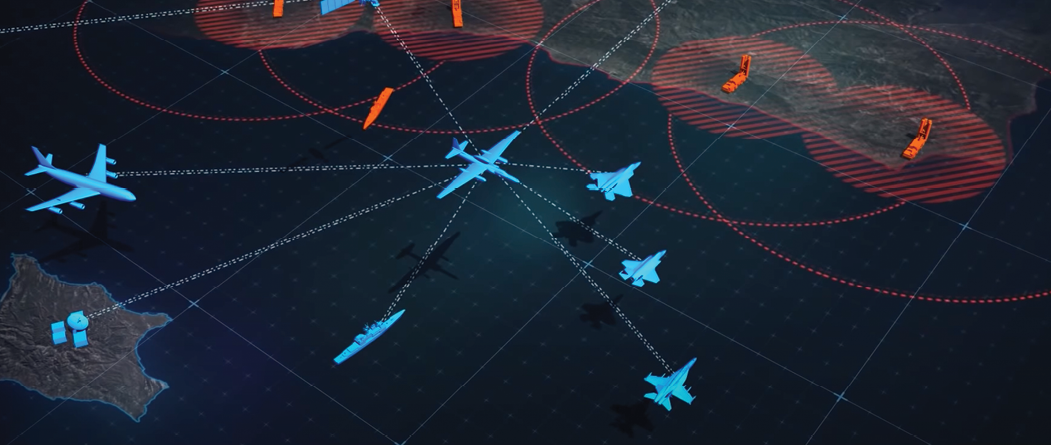
Persistent ISR – manned and unmanned – is a hallmark of Lockheed Martin Skunk Works.
UAS ROOTS
The Skunk Works matured through the ‘50s and ‘60s, with the U-2 and the SR-71 sort of redefining what was possible in terms of ISR collection. Maybe a little bit less well known is that the D-21 reconnaissance drone flew for the first time in 1964. We’ve quietly worked on unmanned airplanes for more than 57 years now, not only developing and demonstrating the technologies, but really defining how they should be used. Keeping in mind that really the purpose of UAV is to help save pilot lives by minimizing the time that we have to put him at risk, we developed conops for how to use UAVs and how they can most effectively help piloted airplanes. And that led to the establishment of what’s today being called “manned-unmanned teaming.”
After the D-21, we went through several other interesting unmanned programs. Those really laid the groundwork to what today we call our family of UAS. And it forms the foundation to how we in the Skunk Works are organized around unmanned vehicles, and how we approach problems.
CUSTOMER FOCUS AND COMMONALITY
Per our heritage with Kelly, we’re a very customer-focused organization. There is no one single answer to all UAV problems, so this idea of a family of systems or a family of UAVs to effectively populate a force structure is really at the core of a lot of what we do.
But tremendous cost savings and time savings can be had through commonality. The X-44 (MANTA) and the (P-175) Polecat are essentially flying wing UAVs, and if you fast forward that for next generation UAS, there’s a lot of commonality amongst those airframes. This enables us to really develop and field very cheaply and very quickly derivative airframe designs that are suited to a specific customer.
We have a common ground station architecture. When we think about open mission systems [OMS], it’s all built on open standards. This enables us to rapidly integrate best of breed mission system solutions into our platforms. Whether software comes from Lockheed Martin or from one of our competitors, I want the best sensors on my UAVs, I want the best AI on my UAVs. Built on a foundation of open mission systems, we can do that very quickly.
The other thing OMS really enables is the ability to upgrade. To be able to upgrade to the latest and greatest LPI/LPD [low probability intercept/detection] waveforms through OMS—it’s a software upload, and it can take place orders of magnitude quicker than it could on legacy systems.
To get the true benefit, it has to be a very modular model that’s built on OMS from the ground up to get this true plug and play capability. Historically, unmanned systems have been used for ISR and strike missions; through OMS and through a lot of the software and hardware advantages, there’s a lot of exciting possibility. If you think in an ABMS [advanced battle management system] context, we can now be using UAV as comms nodes, as BMC2 [battle management command and control] processing stations, as sensor fusion nodes. It really opens up the realm of possibility of what UAVs can be used for.
It’s always fun to have the Gucci solutions, but if they’re not affordable, they tend to be less useful and less proliferated. By containing all aspects of the airplanes throughout their lifecycles in a common digital environment where we can be interacting with our suppliers, and with our customers, this is going to enable us to break some of the paradigms we’ve seen in the past about increasingly complex systems costing the U.S. DOD increasingly more and more.

Decades later, the D-21/A-12 manned/UAV air-launch concept is finding new life through Skunk Works.
ASYMMETRY AND ADVERSARIES
What we’re seeing in the world environment drives a lot of our thinking as well. Recent events in Iran and Yemen, with multiple MQ-9s getting shot down—what used to be considered permissive airspace around the world has become contested. Specifically in the case of the Houthi rebels, this was a sophisticated military system that was brought down, quite frankly, by a weapons system that was probably designed before I was born.
It’s going to be increasingly challenging to operate, even in the presence of unsophisticated adversaries. And so, as the Air Force thinks about this for unmanned vehicle force structure they tend to break into three categories.
On the low end, “The Expendables” are up to $2 million. “Attritable” airplanes have a price range of $2 million to $20 million. And then the higher-end “Survivable” UAV is in the $20 million-plus range. And so we spent a lot of time trying to decide what the optimal way is to truly build out a UAV fleet.
Sort of the conclusion that we’ve come to, it’s a combination of these high-end survivable, very capable UAVs coupled with the low-end, low-cost expendable UAVs that really create the optimum force structure. Persistent ISR and other operations within challenging environments will always be a critical need; there is that need for the very high end survivable, very capable UAS. On the low end, it comes down, really, to the economics. And so when we think about “Attritable” versus “Expendable,” what ends up winning out, at least in our analysis, is that it just makes more economical sense to buy larger masses of lower-cost UAVs to go accomplish that mission.
I think now that the Air Force thinking is more a family of systems—that no single airplane can fit the need of all the missions the Air Force really wants to fly with its next generation UAS. It’s something we certainly look forward to cooperating with the Air Force on and helping them field systems to meet some of our most challenging missions going forward.
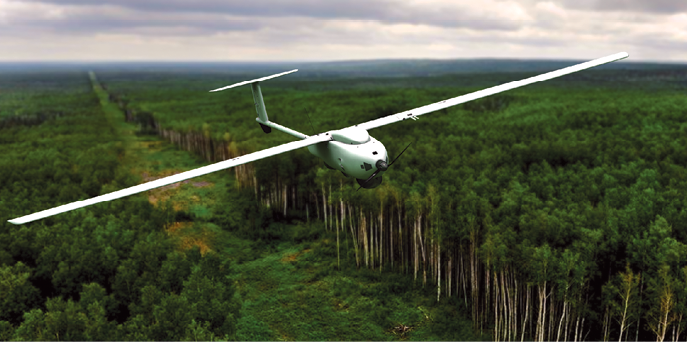
The Stalker offers a long-endurance UAV to Special Forces.
DEFINING SUCCESS AT SKUNK WORKS
It varies in terms of timescale. A lot of programs developed very far-out-there technology that was demonstrated and then put on the shelf—and then taken off the shelf 10 years later and used on a program. At the time, its success might have been in question; history would reveal that programs like that can be successful.
We also have, very much embedded in our existing programs, improvements and derivatives teams looking for very short term [solutions], be they F-35 or C-130. How do we keep them relevant in a modern environment? So, we have these very long term successes, and we also have very, very short term successes.
But there’s a flip side to that, which is, we often learn from our failures. And I think not being scared to fail is also an important part of the Skunk Works culture, so long as you take that failure, learn the lessons from it and then make sure the lessons learned are passed down to really maintain that knowledge continuity, as we get the next generation of engineers coming into the organization.
We try to work in small teams and we try to work in, I guess I’d call it cross-domain teams. JADO [Joint All-Domain Operations] really transcends our entire portfolio as a corporation. When you think about crossing domains from space to air to land to sea to subsea, that’s something we see across our entire corporation. We are involved in many JADO activities and in many ways I think we’re leading the corporation progressing towards JADO, but we leverage all our assets from across the corporation to find these joint solutions.
A GOOD SKUNK WORKS ENGINEER
It’s that idea of cross-domain, but maybe even more broadly, knowing when to respect tradition and knowing when to throw out tradition and to see things with fresh eyes. That’s one of the things I look for as we look to bring people onto the Skunk Works team. As we start to connect domains, one of the more exciting things is you get satellite engineers who start looking at submarine problems and come up with some very innovative creative solutions. And so I think it’s a lot of people’s willingness to look at things from a different perspective.
IDEA GENERATION
One of the things I find most rewarding about working in Skunk Works is it’s populated by people who are genuinely passionate. They’re doing the design work, they’re going through the process, but these are people who talk about airplanes at lunch, on the weekends, while they’re talking with their friends. That foundation of years and years of passion about airplanes and thinking about airplanes is really where a lot of that creative spark comes from.
BLACK SWANS AND COMPETITION
[The Black Swan, a 2007 exploration of improbable events by Nassim Nicholas Taleb] is maybe one of the most important books that’s been written in the last 20 years or so. A specific group within the Skunk Works—the Revolutionary Technologies Organization—looks for disruptive technology that really changes the way everybody operates. Our preference is to be the disrupter rather than the disrupted.
This idea of open mission systems is going to fundamentally change how a lot of competition works. Software companies, as they’re developing source code written to open standards, this changes the nature of how IT is viewed. It pushes a different spin on competition. It’s going to change how the defense industry thinks about competition going forward.
Competition encourages the best solution for the warfighter. As open systems take hold that changes competition. It’s going to drive us all to be delivering better.
MACHINES AND HUMANS
We’ve certainly done a lot of work in this area. And a lot of it is fueled by advances in machine to machine communication and artificial intelligence. For several years now, we’ve been collaborating with a variety of our government partners to look at what is the optimum way to manage that and go execute that conops.
From a technology side, AI is a fantastic tool, and it can do a lot of great things. AI, like all tools, is good for a specific solution. It does certain things very, very well. But I’ll say that one of the challenges to the implementation of AI is getting users to trust the AI.
How we’ve worked around this is with what we call tunable AI. The idea is that real time specific users can either give the AI more or less authority. As you can imagine, when a user first sits down with a system, they don’t trust it, they’re not going to let it do very much. But as they gain competence with the system, they turn the dial to the right, so to speak, and give the AI more and more control over what’s going on.
They’ll be a limit to that: I don’t envision a future where computers are making all decisions. We call this concept human on the loop versus human in the loop. But the benefits we see are really quite extraordinary. When we think about, for example, pairing the F-35 with a very capable UAV, it’s kind of a one plus one equals three sort of synergy. Maybe most importantly, it can limit the amount of time that pilots are at risk…and maybe pushing some of that risk off onto unmanned vehicles. It’s a different way to prosecute missions, that really helps us save pilots’ lives
THE KEY GOING FORWARD
It’s the culture, coming out of what Kelly Johnson established and with the passion that people bring to work every day. With extremely challenging problems that a lot of people didn’t think were solvable, Skunk Works teams tend to find a way to solve them. It’s an exciting culture, and it’s an exciting organization to be a part of.



